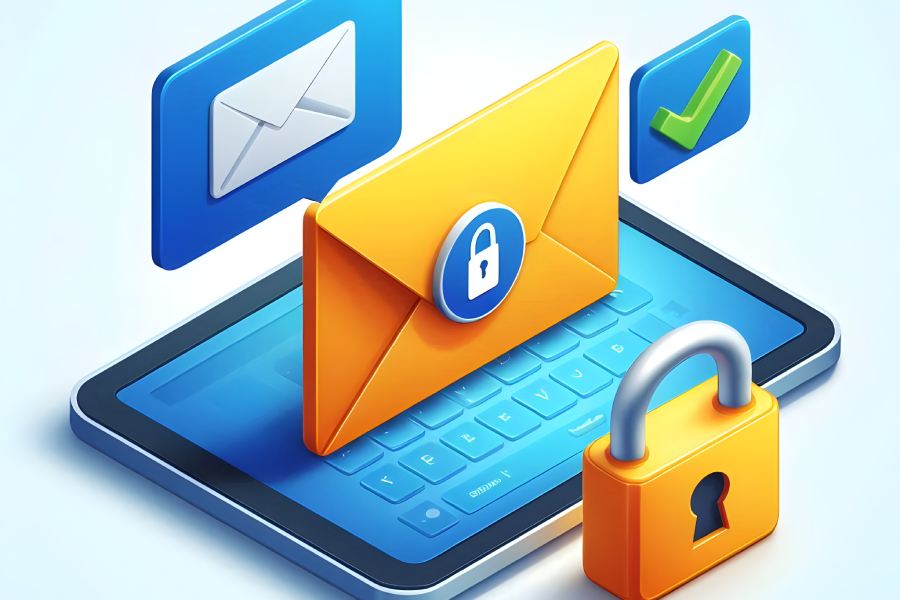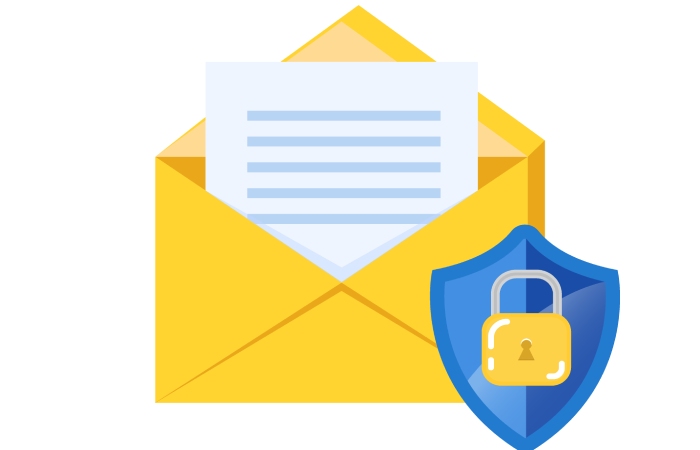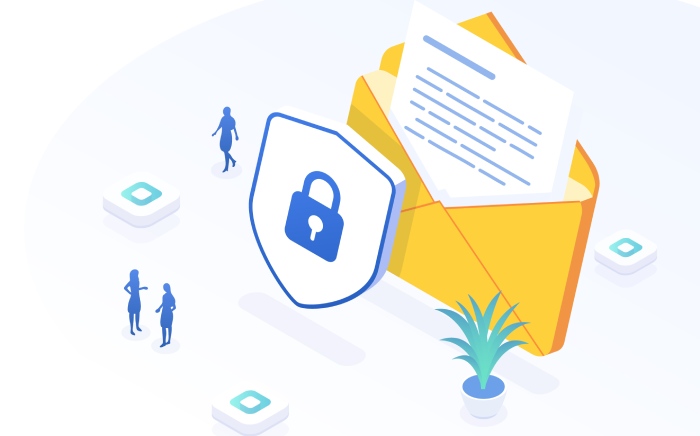Inactive accounts may not seem to be much of a security concern, but these can prove to be the reason behind the downfall of the entire digital network of an organization, given the threat actor is competent enough to use a single inactive account to get access to organization’s insider information.
By definition, inactive accounts are those accounts that have not logged into a system for extended periods. Users who have left the organization or switched roles leave behind such inactive accounts, which may not be flagged, disabled and archived by the organization’s IT team.
In 2019, a data risk assessment report found that 58% of organizations had more than 1000 inactive user accounts. These organizations have a broader attack surface that might allow intruders to access sensitive information if adequate cybersecurity measures are not put into place.
Inactive accounts can even prove to be the most severe vulnerability in an email security system as they are not actively monitored. Cybercriminals can easily use such inactive accounts to infiltrate the organization’s network without being noticed.
Key Statistics
A glance at some recent statistics concerning email security depict why email security is indispensable for any organization:
- Emails deliver 94% of malware that damage and steal data.
- 69% of spam emails contain deceptive and malicious URLs.
- 1 in 3 Americans opens phishing emails.
Take Care of This Menace: Why You Need A Robust Email Security Policy
Combined with threats such as phishing, ransomware, spear-phishing, etc., inactive email accounts can wreak havoc on the organization’s digital infrastructure. The lack of a robust security system to manage processes like email archiving, email hosting and email forwarding increases such threats.
A comprehensive email security policy ensures the organization’s email system remain secured from unsolicited threats and ensures:
- Standardization is maintained in sent emails: A uniform policy for the organization’s personnel makes sure every employee follows a strict email format for sending internal and external emails to clients and potential customers.
- Protection against malicious attempts: It includes protecting an email account, its content, and its communication from intruders who use deceptive tactics to gain confidential information or compromise the employee’s PII (Personally Identifiable Information).
Essential Features of a Comprehensive Email Security System
As mentioned earlier, a comprehensive email security service will make sure that your email communication and data stays uncompromised.
Below are some essential features that a robust email security policy must include.
Managing Outbound SMTP Server
An outbound SMTP server ensures that your email message reaches the desired recipient’s inbox. It is an essential tool for sending bulk emails, especially if the organization’s marketing strategy heavily relies on email marketing.
Service providers have limitations when sending bulk emails to recipients who belong to different server domains than your business’s.
The right security system will provide outbound SMTP services to ensure your emails, blogs, newsletters, and promotional articles reach the recipient’s inbox without getting filtered for spam.
Apart from ensuring email delivery, they also protect organizations from malware as your SMTP will block any incoming mail from unknown credentials.
How To Go About Email Hosting
Email hosting offers you space to send and store your communication while enjoying several advantages over email services. The right email hosting service ensures privacy and protection to any sensitive information.
Some essential aspects to look for in your email hosting provider include storage space, email security, user privacy, and templates for marketing emails.
In a nutshell, a great email hosting solution will essentially provide hasslefree services for your business and your customers, close to zero downtime, and 24x7x365 customer support.
When There is a Need for Tenant Migration During Acquisition or Merger
Tenant to Tenant migration is required when your organization may need to migrate to a new domain as you have acquired or merged with another business entity or due to a change in the brand’s name.
During tenant to tenant migration, there is a risk of losing some or all existing mails. If the migration is not done with due diligence, organizations may face major security threats. Besides, MX backup is essential to keep receiving mails during tenant to tenant migration.
A robust email security service will ensure all of the above while also reducing the total downtime required to migrate.
Email Forwarding When You are Out of Office
The email forwarding feature is a great way to automate forwarding mails from the inbox of one domain to an account on a completely different domain.
Emails received in one inbox can be automatically forwarded to multiple inboxes and vice-versa through email forwarding.
Final Words
Undeleted inactive accounts offer disgruntled former employees and adversaries the opportunity to access sensitive information and compromise the organization’s security. This makes it essential for an organization to adopt an email security policy to thwart such malicious attempts.
A security system can never be 100% foolproof. It does not mean that one should not put the right measures in place to keep their information assets from falling into the hands of cyber adversaries. The right email policy, along with a robust email security service, enables one to eliminate the majority of cyber threats pertaining to email.


